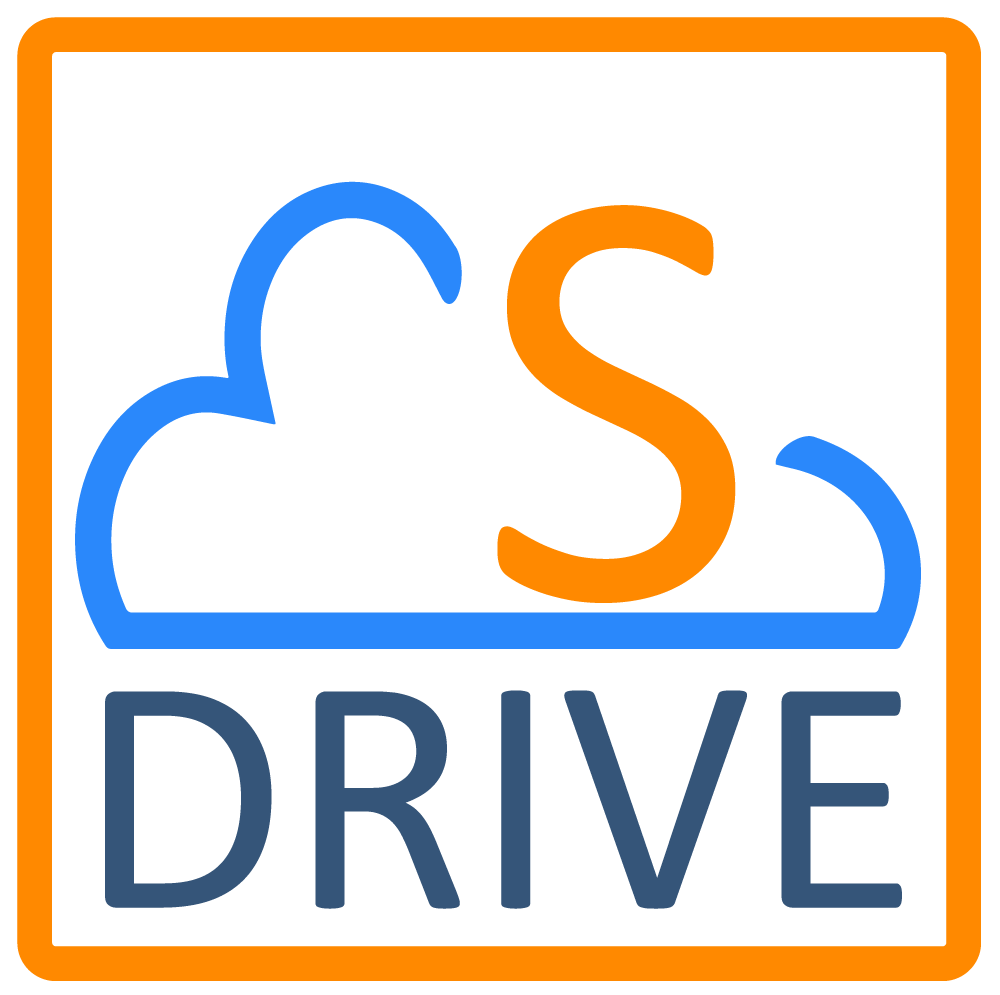Introduction
Welcome to S-Drive! Here you’ll find the layout of this guide and some terminology.
Layout of this Guide
This INTRODUCTION section explains the various pieces of S-Drive.
In GETTING SET UP, we will talk about setting up the accounts you need as prerequisites to using S-Drive.
INSTALLING AND ACTIVATING S-DRIVE tells you how to find S-Drive from the AppExchange and walks you through setting up your AWS access and bucket, and connecting your Salesforce org though our portal.
CONFIGURING S-DRIVE ON STANDARD OBJECTS shows you how to add the S-Drive file area to standard object pages so you can begin uploading and accessing files. At this point, you are ready to use S-Drive.
DISPLAYING "S-Drive" AND "S-Drive Configuration" TABS helps you set up these tabs for easy access.
CONFIGURING S-DRIVE ON CUSTOM OBJECTS explains how to create an S-Drive File Object for a standard or custom object other than Accounts, Cases, etc.
S-DRIVE CONFIGURATION TAB walks you through all the things an admin can configure for the organization.
ADVANCED FEATURES gives a quick overview of S-Drive's features beyond simply uploading and accessing files. More information can be found in the User's Guide.
PROFILE PERMISSIONS, OWD, AND SHARING RULES talks about how S-Drive works with Salesforce's sharing settings and profile permissions.
S-DRIVE IN SALESFORCE.COM COMMUNITIES explains how to add S-Drive to your community.
S-DRIVE SALESFORCE MOBILE APP CONFIGURATION AND USER GUIDE shows you how to set up S-Drive for Mobile.
Appendix A: S-DRIVE PORTAL gives more detail on the S-Drive portal account, including information about billing.
Appendix B: Upgrading S-Drive is where to go if you're upgrading from an earlier version of S-Drive.
Appendix C: Troubleshooting has some troubleshooting tips.
Terminology
S-Drive Tab
With S-Drive, you can upload files to any standard or custom object record. In addition, there is an "S-Drive Tab" where you can store files that aren't related to any specific object. This can be used for company-wide documents for example. Files on the S-Drive Tab (not associated with a standard or custom object) are stored in an object called S3Object.
S-Drive File Objects
Each custom or standard object that you want to use S-Drive with has a corresponding S-Drive File Object where the information about the files is stored. This is a custom object that has a master-detail relationship with the object the files are associated with. For example, Accounts has an associated object called AccountFiles. For Accounts, Cases, Contacts, Opportunities and Leads objects, S-Drive File Objects have already been provided as part of the S-Drive package. For other standard objects, or for your own custom objects, you can create the associated S-Drive file object through the S-Drive Configuration tab. These objects should have permissions enabled in the profiles of users using them.
Other S-Drive Objects
In addition to the S-Drive objects that hold file information, there are other S-Drive objects that relate to various features of S-Drive. These objects should have permissions enabled in the profiles of users using S-Drive.
AttachmentSyncs
File Activities
MyS3Objects
Previews
S3Configs
S3Objects
SDriveCustomActions
SQueues
SURLS
SURL Hits

